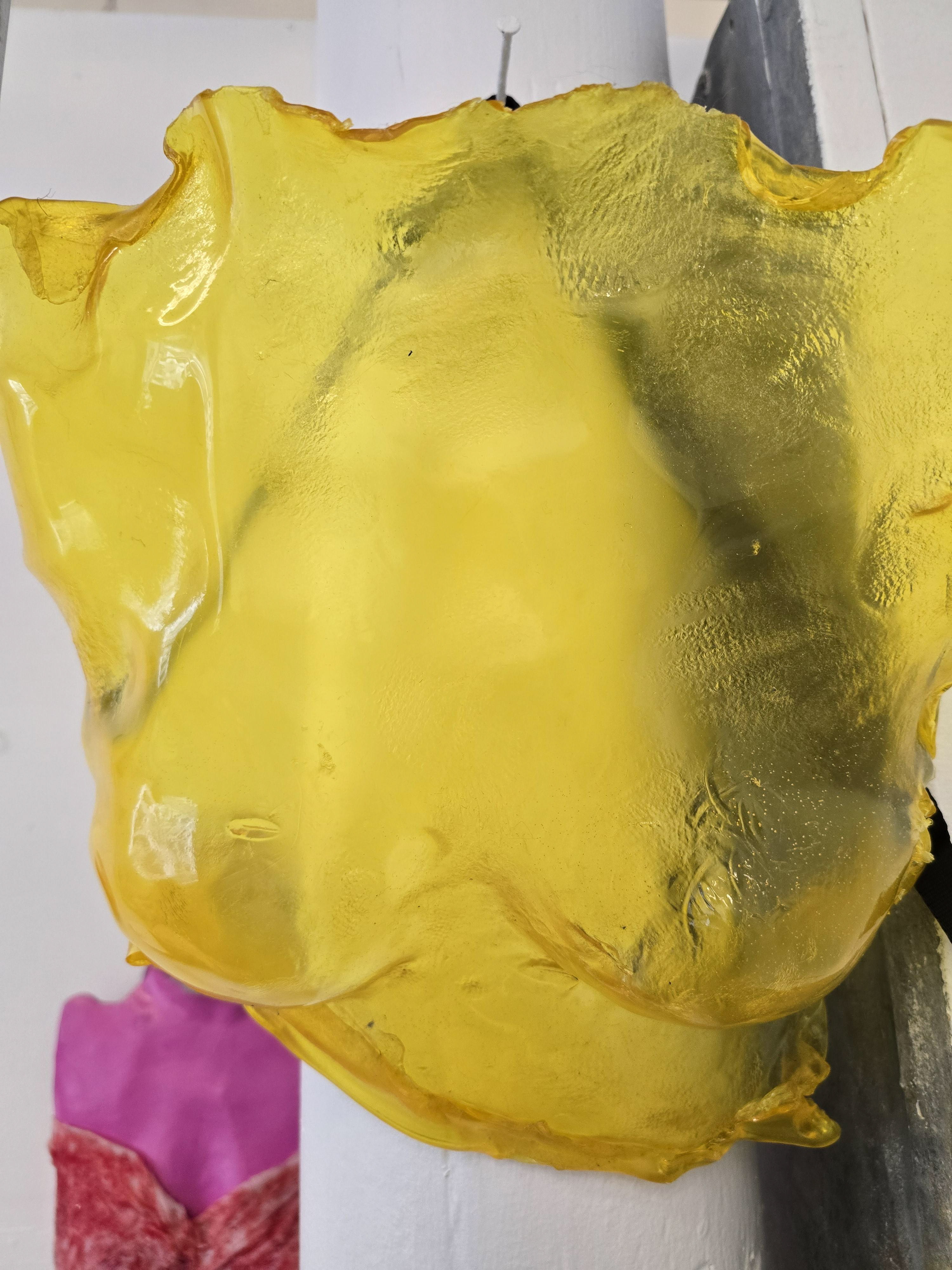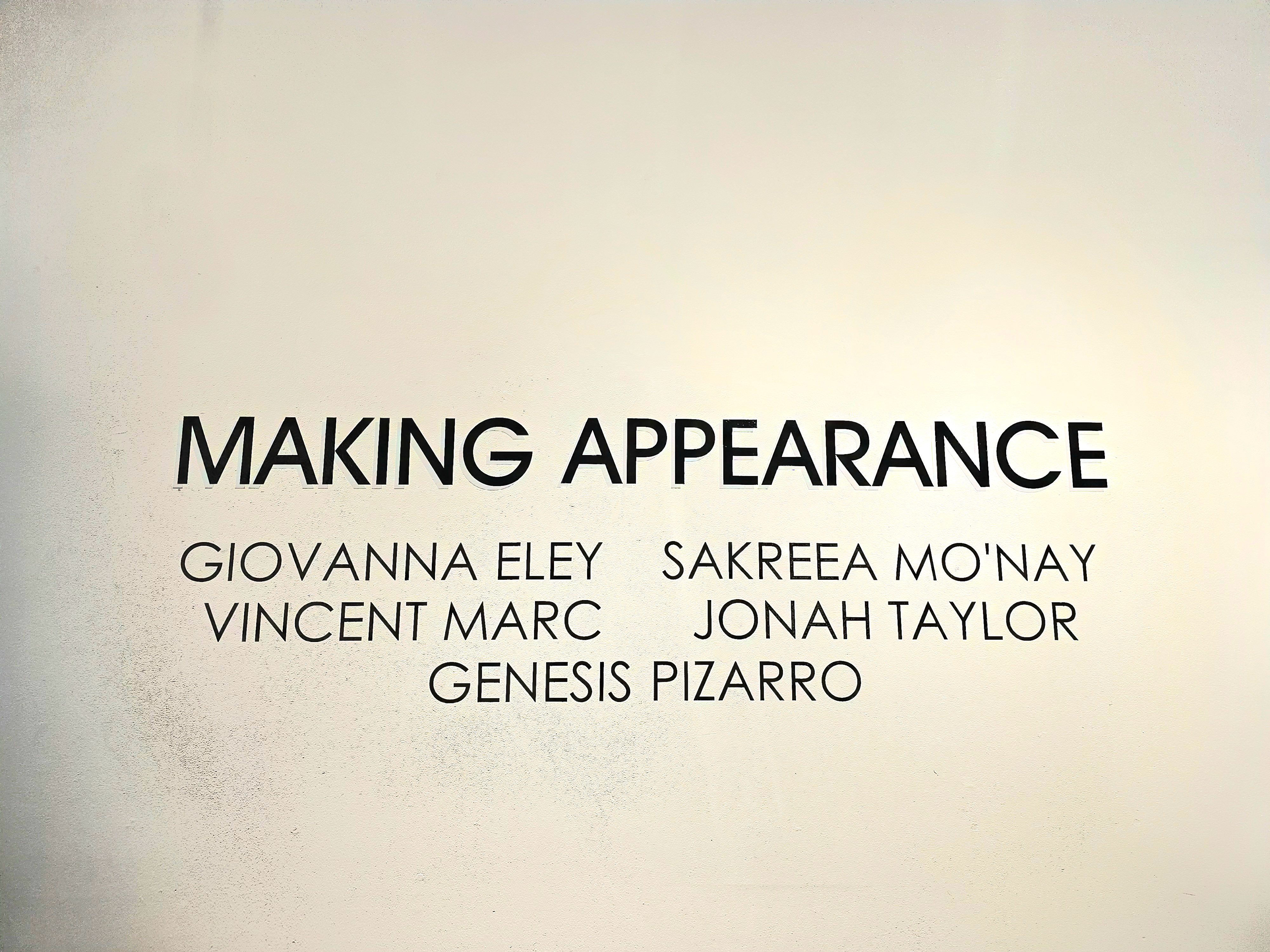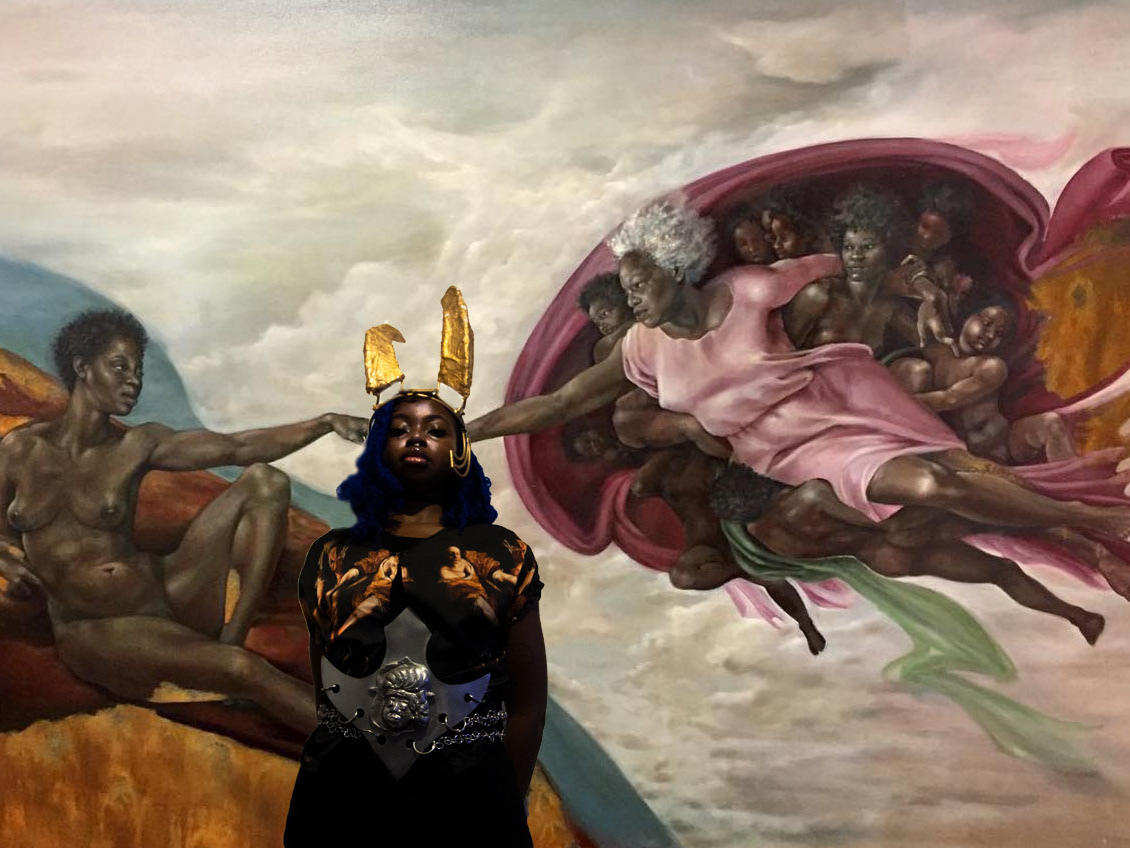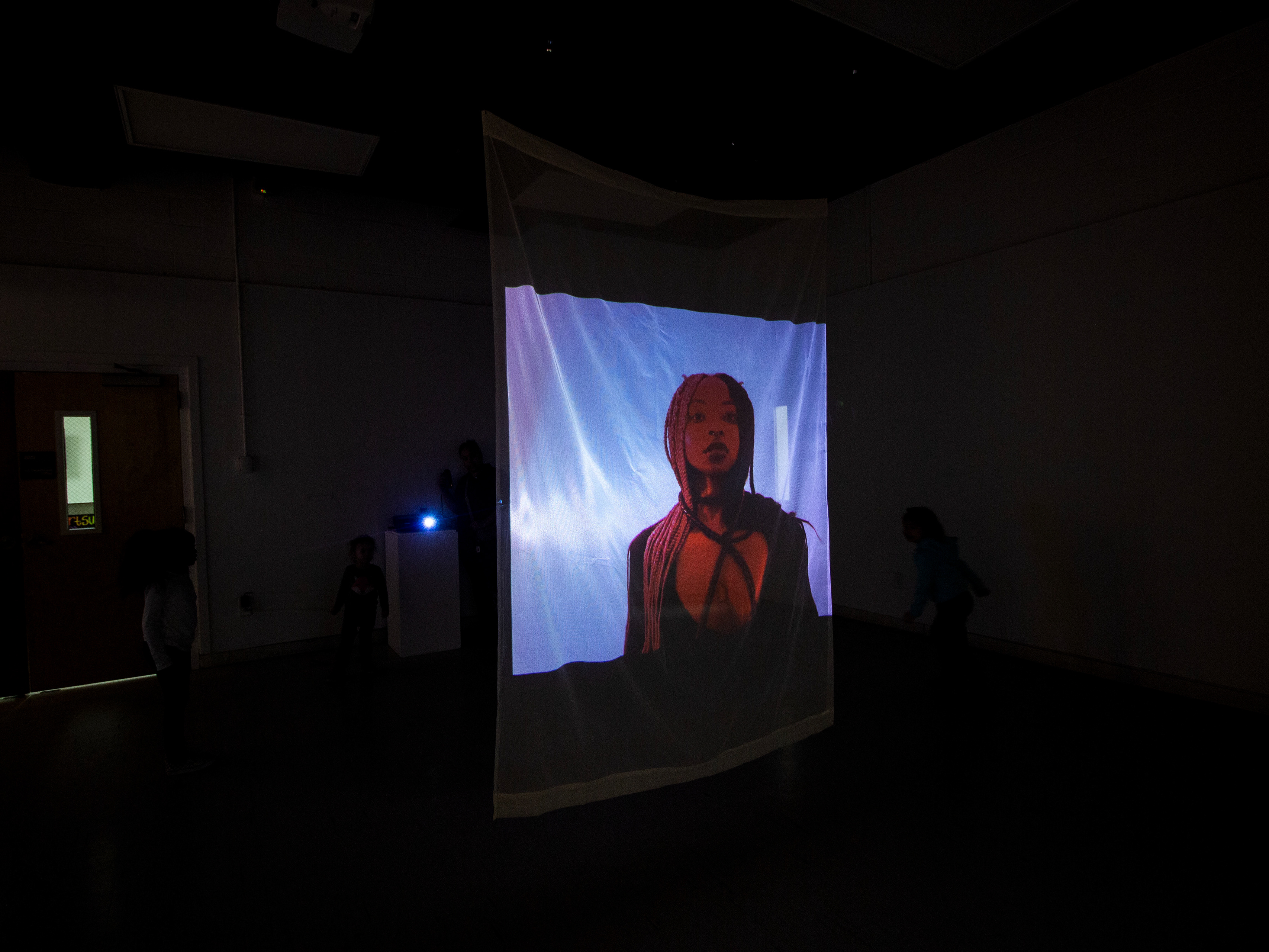MFA work during my first semester at Parson's School of Design
The continuation of my ongoing West 3rd documentary, about how growing up without a clear connection to my African or European heritage led to feelings of cultural loss. Raised in Roselle, NJ, I felt disconnected from ancestral traditions, realizing only later that my lived experience as a Black American was a culture in itself. My project, West 3rd, is a short documentary that investigates my family's identity through old photographs, documents, dolls, and conversations with relatives—especially my grandmother (Na). By recontextualizing these materials through laser engraving scans on steel, view master slides, and printed images on silk, I aim to rediscover and understand my roots, family history, and personal identity in a new materials study.



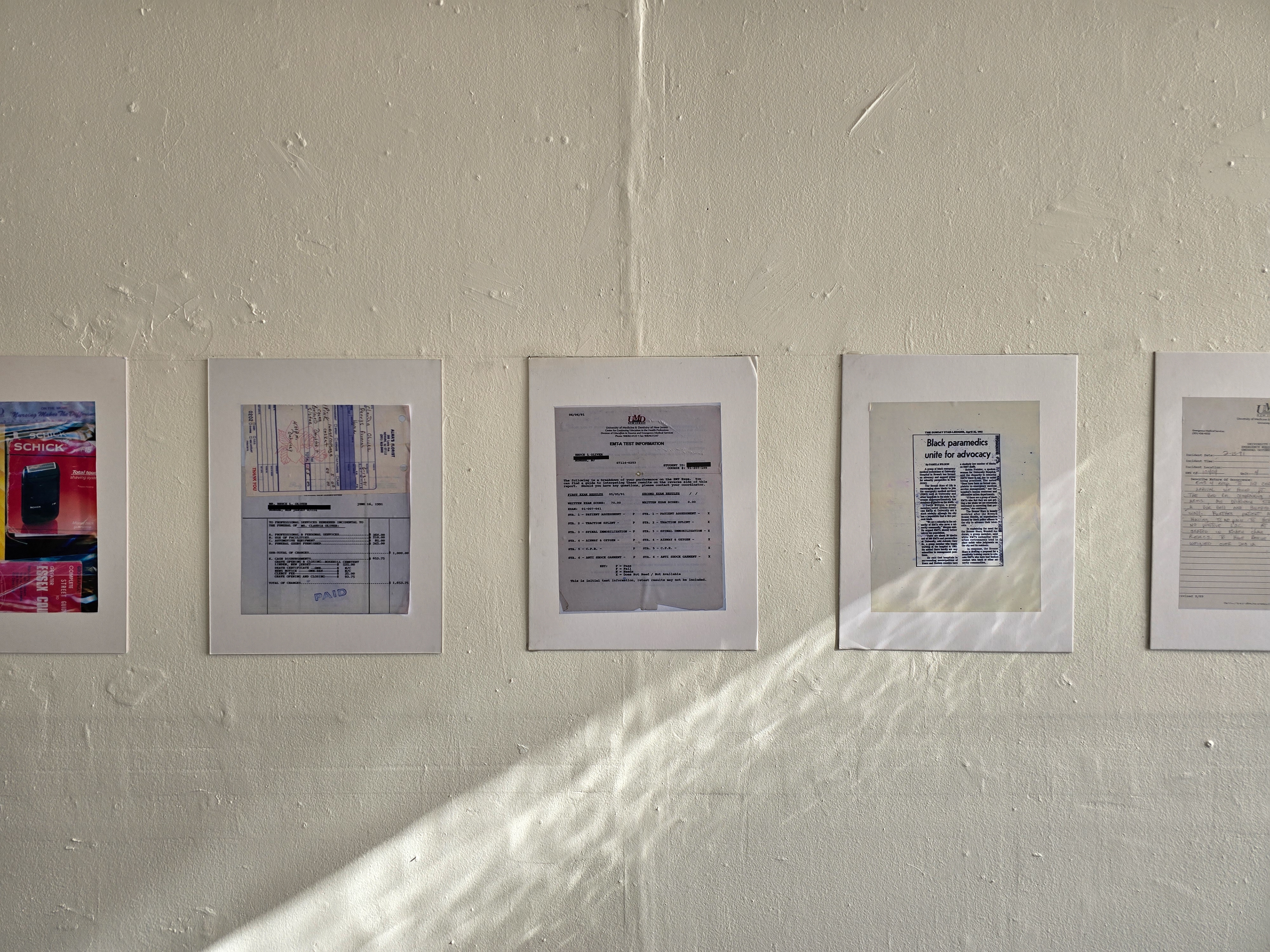
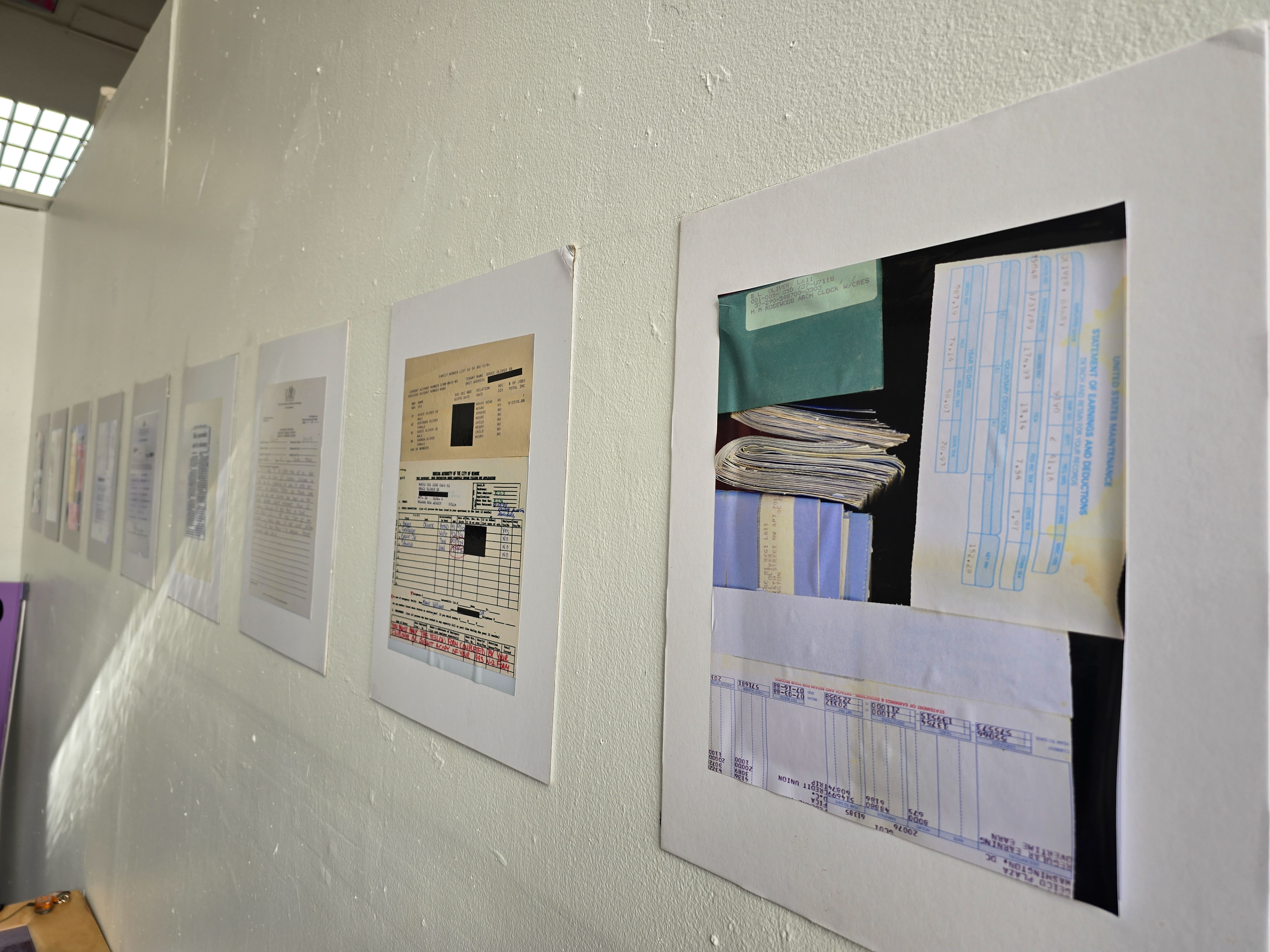


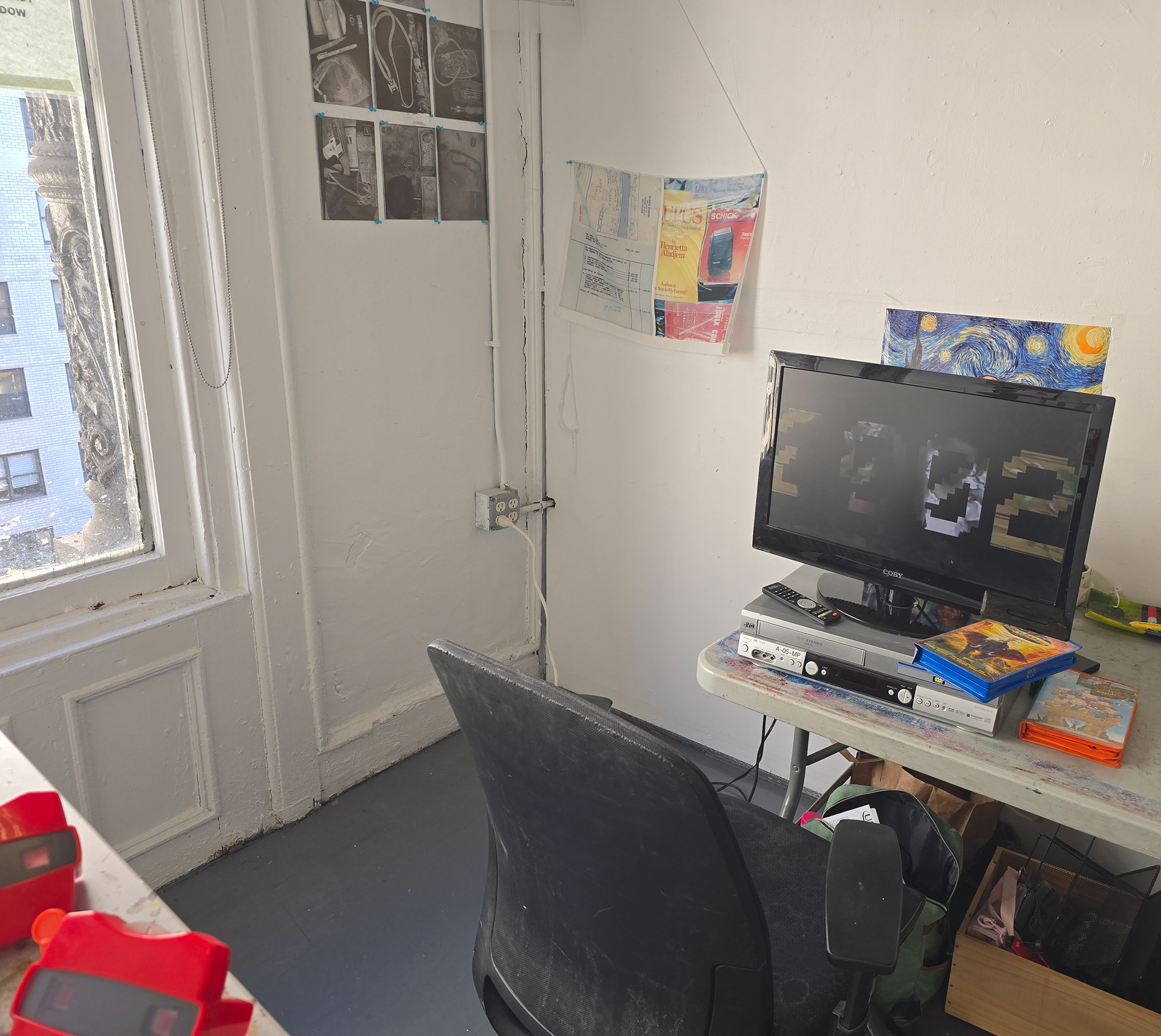


I’m feminizing armor, which most would equate to knights and masculinity, with powerful representations/stories of these women in history who fought against the norm and were pretty much badasses. It shows bravery and passion.
I love powerful women in history, TV shows, movies, etc. Like Arya Stark for example.
I also love armor as a form of fashion.
The front of the breastplate is Judith beheading Holofernes, by Artemisia Gentileschi, an Italian Baroque painter in the 1600s. In the story, Judith, a beautiful widow, is able to enter the tent of Holofernes because of his desire for her. Holofernes was an Assyrian (ancient Mesopotamian civilization) general who was about to destroy Judith's home. Holofernes gets drunk, passes out, and is decapitated by Judith and her maid.
Gentileschi is considered among the most accomplished 17th-century artists, initially working in the style of Caravaggio (who was an Italian painter from the late 1500s to early 1600s when he died) and also a friend of her father. Many of Gentileschi's paintings feature women from myths, allegories, and the Bible, including victims, suicides, and warriors. She was producing professional work by the age of 15, in an era when women had few opportunities to pursue artistic training or work as professional artists. As a young girl, she served as an apprentice to her father, learning the skills of a professional painter. When her father recognized that she had advanced beyond his training, he hired the painter Agostino Tassi to further her painting skills. Artemisia was raped by the painter Agostino Tassi, an acquaintance and collaborator of her father’s. An infamous trial, meticulously recorded in documents that survive, ensued in 1612. Tassi was found guilty, spent time in jail during the trial, and was banished from Rome for 5 years, though his punishment was never enforced, because he left sometime in 1613.
The back of the breastplate is what was recorded during the trial:
Artemisia repeatedly insists she is telling the truth, and to prove it, she is tortured using the "sibille" (cords wrapped around her fingers and pulled tight). As the cords tighten, she is recorded saying:
"I have told the truth and I always will, because it is true and I am here to confirm it wherever necessary."
Then, turning to Tassi, who had falsely promised her marriage, Artemisia says:
“This is the ring that you give me and these are your promises”. Along with the text is a painting of Joan of Arc’s Death at the Stake, by Hermann Anton. Joan of Arc was a peasant girl from Domrémy, France, who became a national heroine and a Catholic saint for her role during the Hundred Years’ War between France and England. She led French troops to several victories, turning the tide of the war in France’s favor.




Other side projects with metal and silicone
